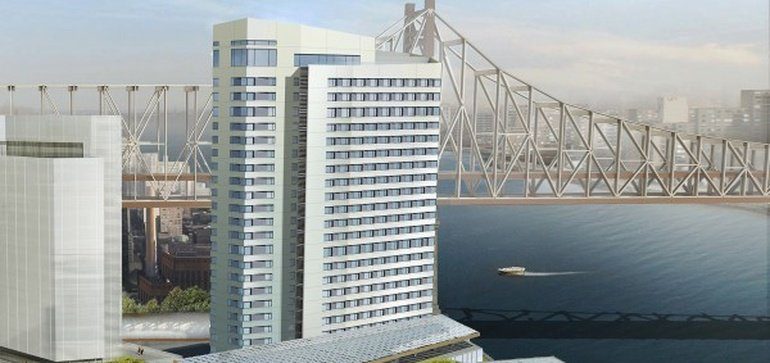How Passive House is reaching beyond its housing roots

Article originally posted on Construction DIVE website on June 21, 2017.
The number and scale of Passive House applications in the U.S. may be growing, but adherence to the low-energy building method beyond a relatively small group of practitioners here may be slow to follow. That’s according to a panel of industry experts at the 2017 New York Passive House Conference and Expo, held in New York City on June 16. There, architects, engineers, policy experts, analysts and others discussed the future of the method in the U.S.
For one thing, that group is looking beyond single-family houses to how projects like schools, hospitals and high-rise towers can use Passive House. And they’re trying to branch out.
“We have a problem getting out of the small circle of friends,” said Laurie Kerr, director of policy at the Urban Green Council, adding that advocates need to bring larger architecture and engineering firms into the discussion because they currently aren’t represented in big numbers, but they build at a scale that could help advance the method.
Passive House rising
The tallest Passive House building in the world today is the 20-story, 262-foot-tall Raiffeisenhaus Wien 2 office tower, completed in Vienna in 2012. It's about to be eclipsed by a 26-story, 270-foot-tall tower on the New York Roosevelt Island campus of Cornell Tech designed by Handel Architects with engineers Buro Happold and build by Monadnock Construction. That building will have around 350 units to house students and faculty at Cornell University’s new campus.
Even the most sustainable buildings aren’t exempt from today’s race to the top. And so the Cornell Tech tower is looking to beat the 28-story, 288-foot-tall Bolueta building, which is currently underway in Bilbao, Spain — at least for a little while.
Sheet steel building products are a natural fit for Passive House projects. Their long-term durability, recycled content and no off-gassing means they can easily contribute to the stringent requirements of this sustainable building program. Refer to our Sustainability section to learn more!